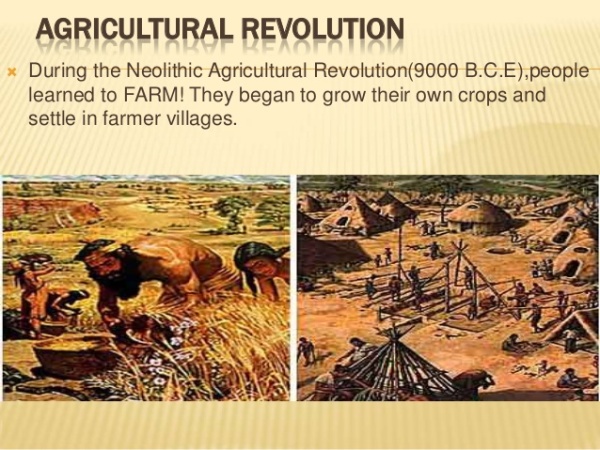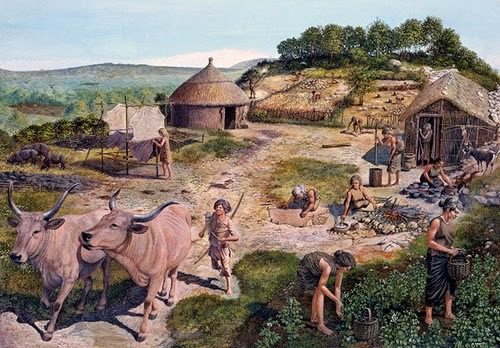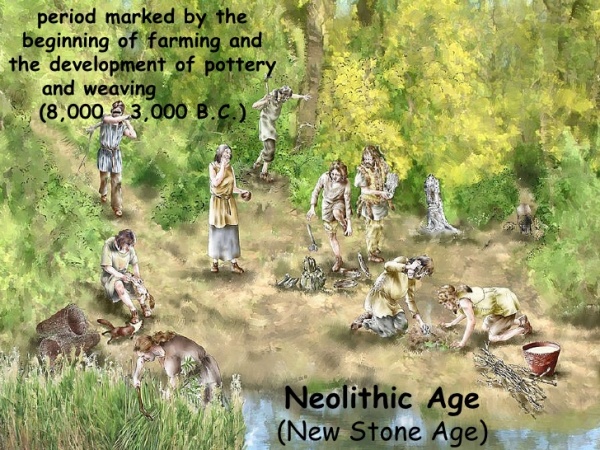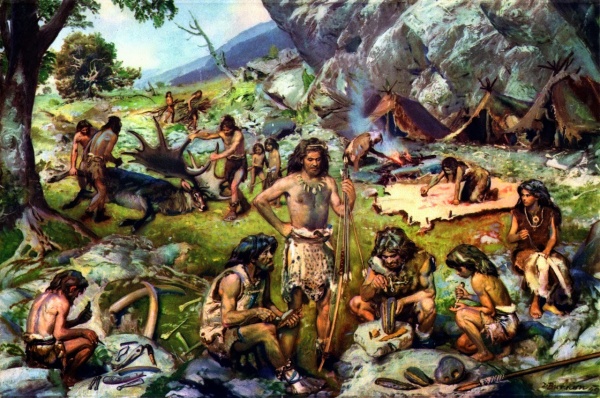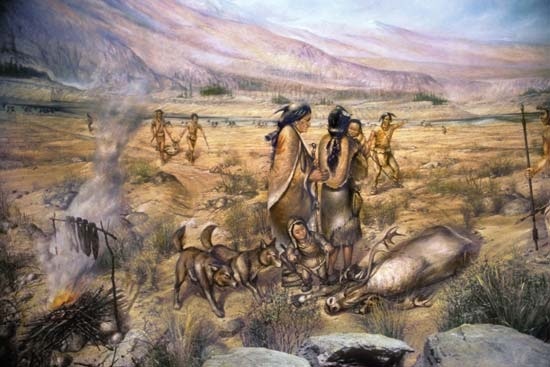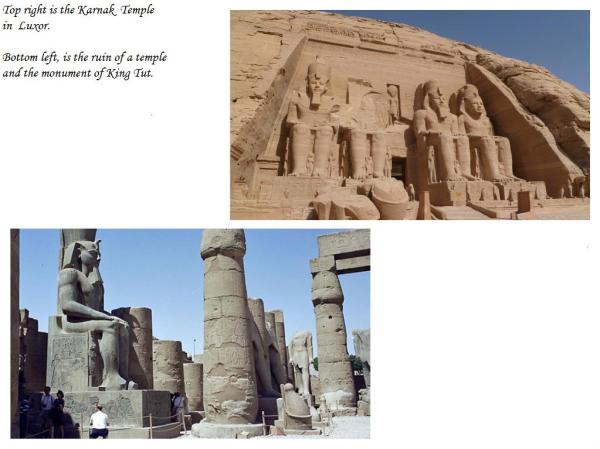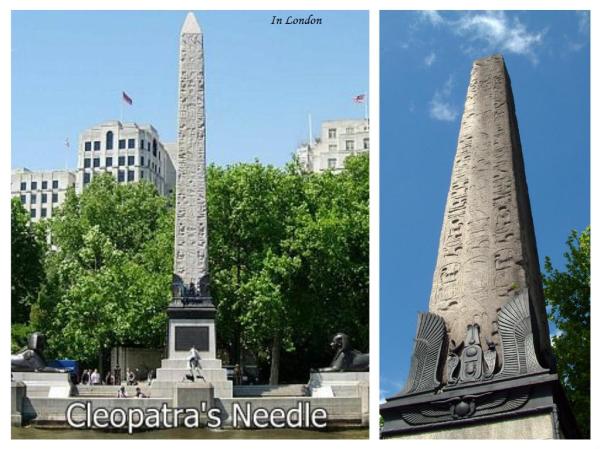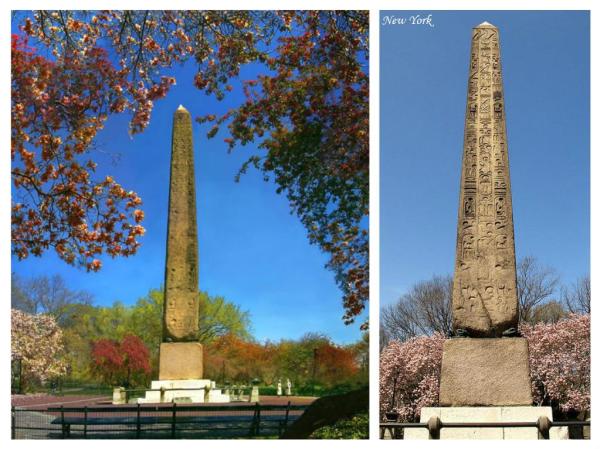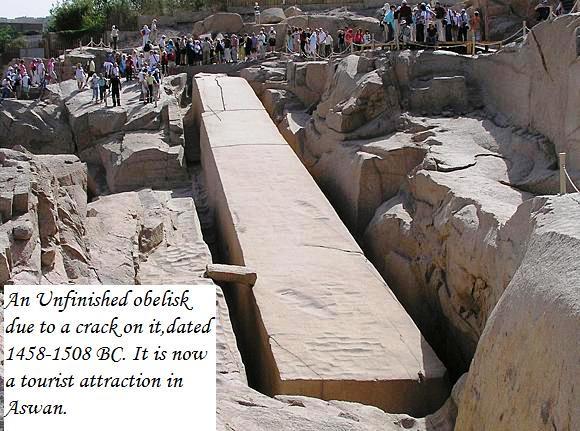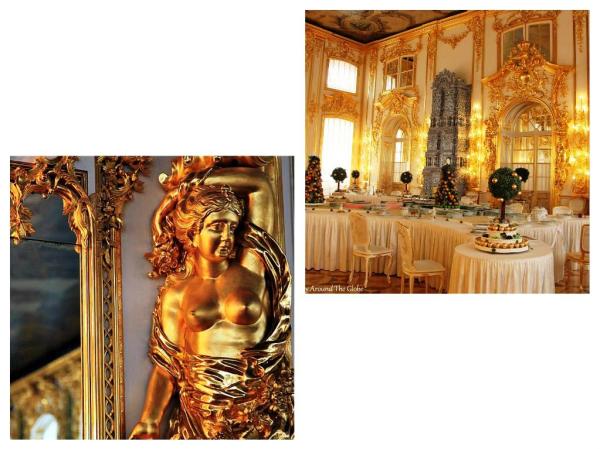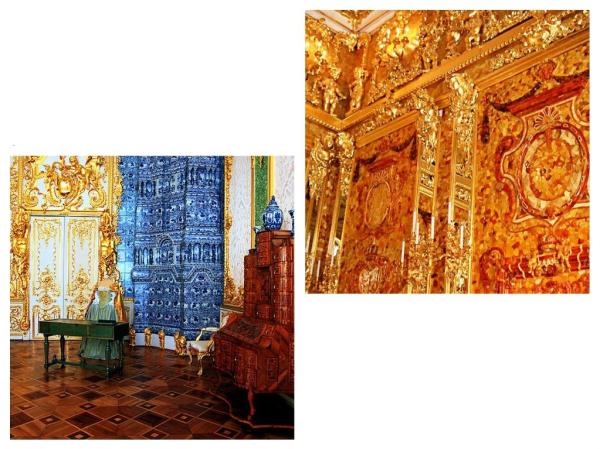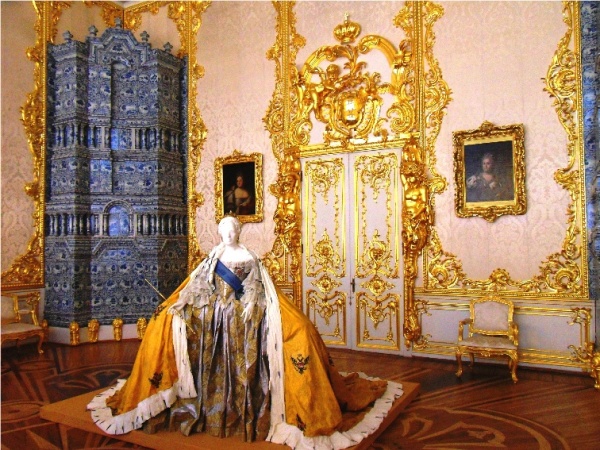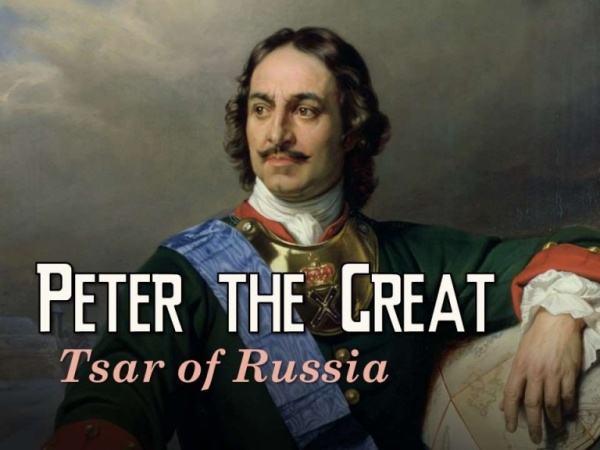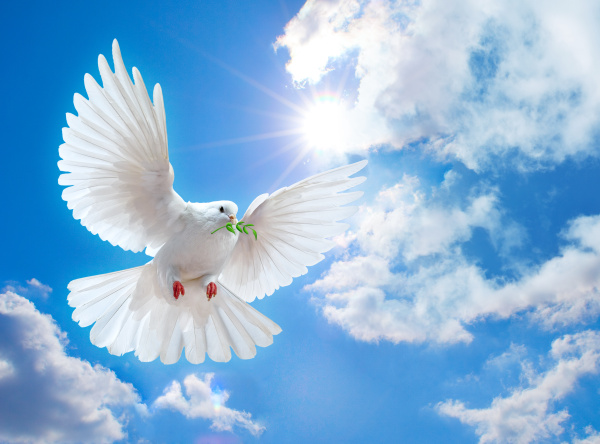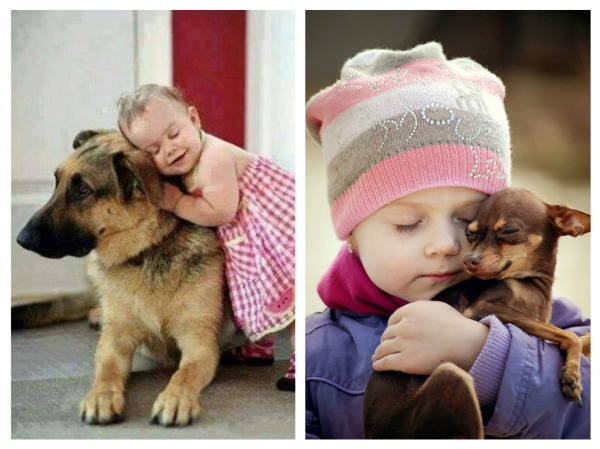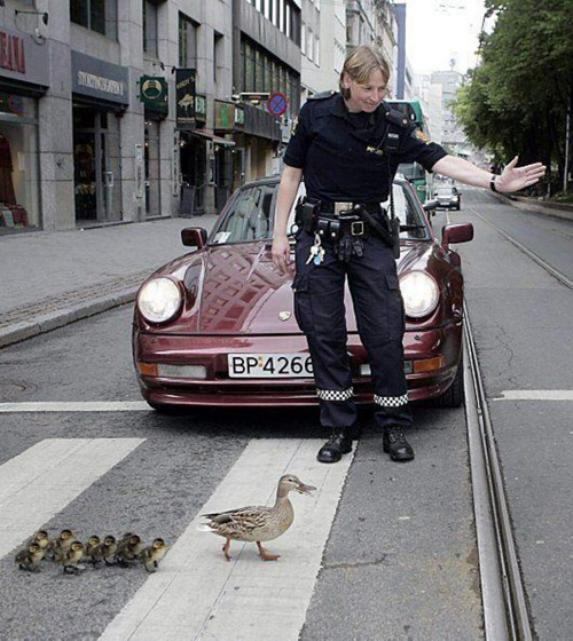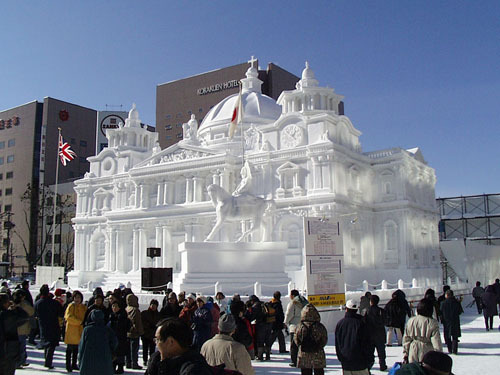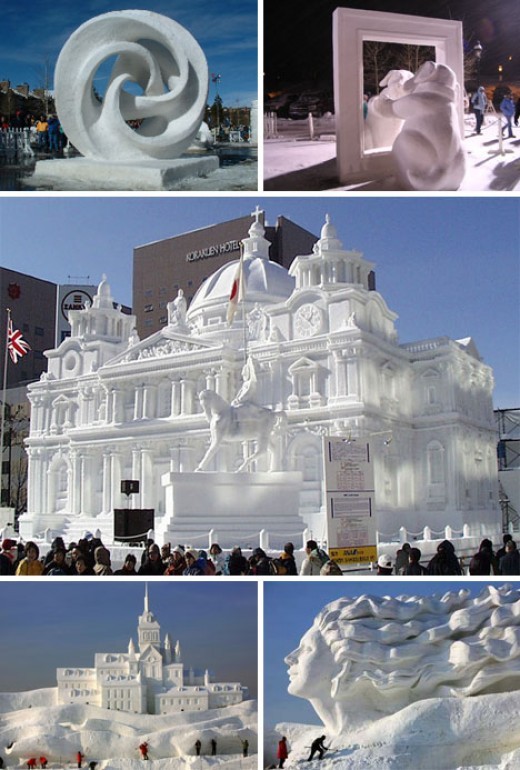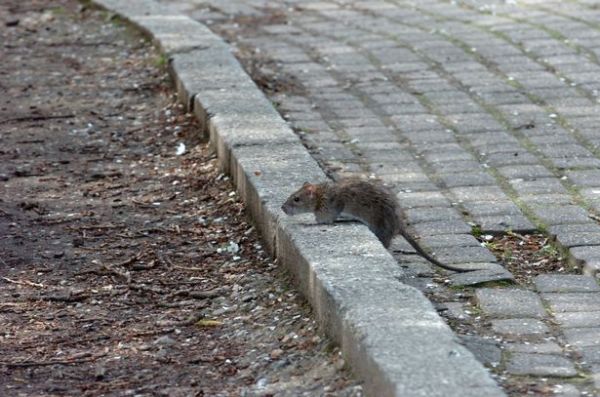 HOW, WHEN, WHERE AND BY WHOM......
HOW, WHEN, WHERE AND BY WHOM......
|
Posted:Nov 27, 2016 10:03 am
Last Updated:Dec 1, 2016 11:43 pm 11753 Views
|
...Our staple food was found and started". Well, it's good to know that it was during, THE NEOLITHIC REVOLUTION AND AGRICULTURE
~ Neolithic was a period in the development of human technology, beginning about 10,200 BC, in some parts of the Middle East and later in other parts of the world, and ending between 4,500 and 2,000 BC. Traditionally considered the last part of the Stone Age, The Neolithic is a progression of behavioral and cultural characteristics and changes, including the use of wild and domestic crops and of domesticated animals. The beginning of the Neolithic culture is considered to be in the Levant (Jericho, Palestine modern-day West Bank) about 10,200 – 8,800 BCE. It developed directly from the Natufian culture in the region, whose people pioneered the use of wild cereals, which then evolved into true farming, between 12,000 and 10,200 BCE, and the "proto-Neolithic" is now included in the Pre-Pottery Neolithic..
~By 10,200–8,800 BCE, farming communities arose in the Levant and spread to Asia Minor, North Africa and North Mesopotamia. Mesopotamia is the site of the earliest developments of the Neolithic Revolution from around 10,000 BCE.
~Early Neolithic farming was limited to a narrow range of plants, both wild and domesticated, which included einkorn, wheat, millet and spelt (a parent of wheat), and the keeping of dogs, sheep and goats. By about 6,900–6,400 BCE, it included domesticated cattle and pigs, the establishment of permanently or seasonally inhabited settlements, and the use of pottery. When more than one human species existed, only one human species (Homo sapiens sapiens) reached the Neolithic. The term Neolithic derives from the Greek , neolithikos, "new stone", literally meaning "New Stone Age".
~Some of the earliest known domestication, were of animals around 13,000 BC. Pigs were domesticated in Mesopotamia (an ancient region of southwest Asia between the Tigris and Euphrates Rivers, now called (IRAQ) around 13,000 BC. It was not until after 9500 BC that the eight founder crops of agriculture appeared: First emmer (species of wheat having 2 grains) and einkorn ( another type of wheat contained one slender grain), then hulled barley, peas, lentils, bitter vetch (herbaceous pea plant), chick peas and flax. These eight crops occur more or less simultaneously on pre-Pottery Neolithic sites in the Levant, although wheat was the first to be grown and harvested on a significant scale. At around the same time (9400 BC), fig trees were also domesticated.
~By 7000 BC, sowing and harvesting reached the fertile soil of Mesopotamia, where Sumerians ( an ancient non-Semitic people of Southern Mesopotamia, (now Iraq) systematized it and scaled it up. By 8000 BC, farming was entrenched on the banks of the River Nile. ~By 7000 bc, sowing and harvesting reached the fertile soil of Mesopotamia, where Sumerians ( an ancient non-Semitic people of Southern Mesopotamia, (now Iraq) systematized it and scaled it up. By 8000 BC, their agriculture relied on the Tigris and Euphrates rivers and then farming was entrenched on the banks of the River Nile. The civilization of Ancient Egypt was indebted to the Nile River and its seasonal flooding. The fertile soil allowed them to build an empire on the basis of great agricultural wealth. Their staple food crops were grains such as wheat and barley, alongside industrial crops such as flax and papyrus.
~The Levant followed by Mesopotamia are the sites of the earliest developments of the Neolithic Revolution from around 10,000 BC. The Neolithic Revolution was a fundamental change in the way people lived. The shift from hunting & gathering to agriculture led to permanent settlements, the establishment of social classes, and the eventual rise of civilizations. The Neolithic Revolution is a major turning point in human history. Evolution of humans derived from it until our era. The Neolithic Revolution ended in about 600 C.E., when people started settling down and empires started developing.
It is really amazing to ponder how million years ago, the source of our basic food was discovered, used and farmed.
[SIZE 4]IN BRIEF,
~Sumerians were members of the indigenous non-Semitic people of ancient Babylonia.
~The Levant is the region on the eastern coast of the Mediterranean Sea, north of the Arabian Peninsula and south of Turkey, including the area of Israel, Jordan, Lebanon, Palestine, and Syria.
Mesopotamia= Now Iraq.
The Domestication time of crops and animals:
~Sheep were domesticated in Mesopotamia between 11,000 and 9,000 BC
~Pigs were domesticated in Mesopotamia around 13,000
~Cattle were domesticated from the wild aurochs in the areas around 8,500 BC.
~ Camels were domesticated late, around 3000 BC.
~The was domesticated in the Pontic steppe( grass land) around 4000 BC.
** It was not until after 9500 BC that the eight founder crops of agriculture appear: First emmer (species of wheat having 2 grains)
and einkorn ( another type of wheat contained one slender grain), then hulled barley, peas, lentils, bitter vetch (herbaceous pea plant),
chick peas and flax, and fig tress in the Levant. At around the same time (9400 BC), were domesticated.
~In the Far East, In China, rice and millet were their primary crops domesticated by 8000 BC, followed by mung, soy and azuki beans. .
~Maize was domesticated from the wild grass teosinte in West Mexico by 6700 BC.
~The potato (8,000 BC), tomato, pepper (4,000 BC), squash (8,000 BC) and several varieties of bean (8,000 BC onwards), were domesticated in the New World.
~In Greece from 11,000 BC, lentils, vetch, pistachios, and almonds were cultivated, while wild oats and wild barley appear in quantity from 7000 BC alongside einkorn wheat, barley, sheep, goats and pigs, while emmer was used on Cyprus between 9100 and 8600 BC.
~Céide Fields in Ireland, consisting of extensive tracts of land enclosed by stone walls, date to 3500 bc and are the oldest known
field systems in the world.
~In Siberia, Cannabis was in use in China in Neolithic times and may have been domesticated there; it was in use both as a fibre for rope making and as a medicine in Ancient Egypt by about 2350 BC.
~In the Sahel region of Africa, local rice and sorghum were domesticated by 5000 BC. Kola nut and coffee were domesticated in Africa.
~The Olmec and Mayans cultivated maize in numerous varieties throughout Mesoamerica, Maize and squash were domesticated in Central America 5600 BC. and had moved into the inter-Andean valleys of Colombia.
~Potato in South America ( Peru and extreme northwestern Bolivia) between 8000 and 5000 BC, and sunflower in the Eastern Woodlands of North America. It has since spread around the world and become a staple crop in many countries.
It is really amazing to know how million years ago, our basic food was discovered, used and farmed.... I hope my above blog has given you a good insight on how to the present day, we have got those crops as our staple food. Thank you for your read and views. Happy reading.
Lisa.     

|
|
|
11
Comments
|
|
|
|
 THE OBELISKS OF EGYPT
THE OBELISKS OF EGYPT
|
Posted:Nov 22, 2016 8:03 am
Last Updated:Nov 24, 2016 1:02 am 11859 Views
|
Obelisks in Egypt
For as many as 6000 yrs ago, Egypt has been a place where the answers to secrets lay hidden. Because the answers to how the Egyptians constructed and created their architecture remains elusive to most, throughout history, people misconstrue how they believe these creations came to be. What have they uncovered about the Obelisks in Egypt?
~~The term “obelisk” comes from the Greek word “Obeliskos”, which means a pointed nail. It is a tall, tapering, four sided structure ending at a pointed head. It was called Tenjen in the language of Ancient Egypt, and meant protection and defense. The Obelisk was thought to perforate the clouds and disperse the negative forces.
It is said to represent a petrified ray of the sun-disk. Egyptian temples usually had a pair of Obelisks flanking the main gateway at the pylon. Many of these Obelisks still survive, on site as well as in different places across the world. The earliest temple Obelisk is the red granite Obelisk at the temple of Senusret I, at Al-Matarriyah part of Heliopolis.
~~A large number of the obelisks that were created in ancient Egypt were erected in Heliopolis. Heliopolis was the center of the city. It had temples, obelisks and many other places to worship the Ra and other Egyptian gods. The Egyptians worshiped these gods with the intention of securing a path to the afterlife.
~~The ancient Egyptians were notorious for their extravagant creations. From the Pyramids to their Pottery and Hieroglyphics, they never cease to amaze. The creation of Obelisks were a great feat by man, especially 6,000 years ago. In fact, the Egyptians were very adapt at creating their monuments and utilizing the resources available to them.
How were the Obelisks Created?
For decades, historians have tried to piece together how the Egyptians created and erected the obelisks. There have been tools and other physical evidence to prove how it was done. The Egyptians first began to chip away at a solid piece of red granite with rocks made out of a very hard substance called diorite. This was a tedious and lengthy process for a very small gain. Hundreds of workers would chip away at their own section until it only stood on a small sliver of granite. The workers would then rock it back and forth until it broke free. The Egyptians smoothed the edged using sand in between their diorite rocks. The small, hard materials in the sand made a good smoothing tool for the four faces of the obelisk as well as for carving out perfectly cut hieroglyphics. For this task they would also use copper tools. While copper was an effective tool, it required constant sharpening. All of this was done before the obelisk was raised off the ground.
All around the obelisk were hieroglyphic texts marked names of the Pharaohs and worships to the Sun God. The top of the Obelisks called pyramid ion, were sometimes sheathed with copper or some other metal or gold which caught the reflected rays of the sun. The Obelisk of Queen Hatshepsut at Karnack is one of the most famous Obelisks of all.
It is located at the Temple of Amun. It is the tallest in Egypt and made of red granite. Twenty nine Egyptian Obelisks are known to have survived till date, there is also the “unfinished Obelisk” found at a quarry in Aswan. The three famous obelisks recreated at New York, Paris and London are together called Cleopatra's Needle.
By the time of the pre dynastic cults these Obelisks arose as the Great Sacred Stones which were placed in the center of the temple and worshiped as the Sun God Ra. These monuments symbolize the stability and strength held by the Sun God Ra. The Egyptians believed that the solar rays brought great power to the world, even to the dead lying in graves which would in turn benefit their afterlife. There are obelisks in Assyria, Ethiopia, Rome, Byzantine, Columbia, in Paris, in London and in New York , these obelisks were offered as gifts to these countries very long time ago and they are called " Cleopatra's Needle" .
The tallest obelisk in Egypt and in the world is the one of Queen Hatshepsut (1473 -1458 BC). It is 97 feet tall and weighs approximately 320 tons (some sources say 700 tons). An inscription at its base indicates that the work of cutting the monolith out of the quarry required seven months of labor. Nearby stands a smaller obelisk erected by Tuthmosis I (1504 - 1492 BC). It is 75 feet high, has sides 6 feet wide at its base, and weighs between 143 and 160 tons. Hatshepsut raised four obelisks at Karnak, only one of which still stands. The Egyptian obelisks were always carved from single pieces of stone, usually pink granite from the distant quarries at Aswan, but exactly how they were transported hundreds of miles and then erected without block and tackle remains a mystery. Of the hundreds of obelisks that once stood in Egypt, only nine now stand; ten more lay broken, victims of conquerors, or of the religious fanaticism of competing cults. The rest are buried or have been carried away to foreign lands where they stand in the central parks and museum concourses of New York, Paris, London, Rome, Istanbul and other cities.
The first and only tallest obelisk in Egypt (and in the world), is the Queen Hatshepsut (1473 -1458 BC) obelisk. It is 97 feet tall and weighs approximately 320 tons (some sources say 700 tons).
The second one is, Tuthmosis I (1504 - 1492 BC). It is 75 feet high, has sides 6 feet wide at its base, and weighs about 160 tons.
The 3rd one is, the obelisk of Thutmose I (c.1493-1479 B.C.E.). It is 71 feet/21.7 meters in height, sits on a base 6 feet/1.8 meters square, and weighs about 143 tons.
I hope my above info and the photos, have given you a good insight of the Obelisks of the Pharaohs of Egypt . Thank you for your read and views. Wishing you an enjoyable time.
Lisa,   

|
|
|
10
Comments
|
|
 THE EXTRAVAGANZA OF CATHERINE PALACE AND THE AMBER ROOM
THE EXTRAVAGANZA OF CATHERINE PALACE AND THE AMBER ROOM
|
Posted:Nov 19, 2016 4:08 am
Last Updated:Nov 21, 2016 10:29 pm 12215 Views
|
A part of History of the former Tsars of Russia.
CATHERINE1, PETER THE GREAT AND EMPRESS ELIZABETH.
The Catherine Palace is named after Catherine I, the wife of Peter the Great, who ruled Russia for two years after her husband's death. Originally a modest two-storey building commissioned by Peter for Catherine in 1717, named the Catherine Palace, owes its awesome grandeur to their , Empress Elizabeth, who chose Tsarskoe Selo as her chief summer residence. Starting in 1743, the building was reconstructed by four different architects, before Bartholomeo Rastrelli, Chief Architect of the Imperial Court, was instructed to completely redesign the building on a scale to rival Versailles.
The resultant palace, completed in 1756, is nearly 1 km in circumference, with elaborately decorated blue-and-white facades featuring gilded Atlantes, caryatids and pilasters designed by German sculptor Johann Franz Dunker, who also worked with Rastrelli on the palace's original interiors. In Elizabeth's reign it took over 100 kg of gold to decorate the palace exteriors, an excess that was deplored by Catherine the Great when she discovered the state and private funds that had been lavished on the building.
The interiors of the Catherine Palace are no less spectacular. The so-called Golden Enfilade of state rooms is particularly renowned and forms the focus of the palace tour. Guests enter via the State Staircase which, although it blends effortlessly with the rococo grandeur, in fact dates from the 1860s. With its ornate banisters and reclining marble cupids, it gives a taste of what is to come. The Great Hall, also known as the Hall of Light, measures nearly 1,000 square meters, and occupies the full width of the palace so that there are superb views on either side. The large arched windows provide enough light to relieve the vast quantity of gilded stucco decorating the walls, and the entire ceiling is covered by a monumental fresco entitled The Triumph of Russia. Using similar techniques but on a smaller scale, the White Dining Room is equally luxurious but, like many of the rooms in the palace, its grandeur is softened by the presence of a beautiful traditional blue-and-white tiled stove in the corner.
Other highlights of the Grand Enfilade include the Portrait Hall, which contains remarkably good portraits of both Catherine and Elizabeth, the Picture Gallery, in which almost every inch of wall space is covered with paneling comprising 17th and 18th century canvases and, of course, the legendary Amber Room.
To create this extraordinary chamber, Rastrelli used the panels of amber mosaic originally destined for an Amber Cabinet at Konigsberg Castle and presented to Peter the Great by Friedrich-Wilhelm I of Prussia, and surrounded them with gilded carving, mirrors, more amber panels created by Florentine and Russian craftsman (comprising a total of 450 kg of amber), and further mosaics of Ural and Caucasus gemstones. The room was completed in 1770. The room was used to house a substantial collection of amber-work and Chinese porcelain. In 1941, when German troops took Tsarskoe Selo, the Amber Room was dismantled in 36 hours, and shipped to Konigsberg in a tawdry pretense at historical fidelity. As the Nazi war machine crumbled, the panels were crated up and moved out of danger, but their eventual fate is unknown.
In conclusion, The Catherine Palace, The Amber room, The Blue and Green rooms,(China Rooms), The Great Hall, The White Dinning Room, The Facades, The Golden Gate and Fence, are the most noteworthy Extravaganza, be it spectacular but a lavished expenditure, just to compete with their rival, The French Versailles.
The Amber Room and the Catherine Palace is one of St. Petersburg's most popular visitor attractions.
The following pictures are the utmost I could post on here, to give you an insight of this lavished Palace and a bit of history, which I hope would please you. Thank you for your read and views. I wish you an enjoyable time.
Lisa,    

|
|
|
13
Comments
|
|
 MY CONGRATULATIONS AND COMMISERATIONS
MY CONGRATULATIONS AND COMMISERATIONS
|
Posted:Nov 10, 2016 7:09 am
Last Updated:Jun 12, 2017 6:27 am 12450 Views
|
My dear Readers,
As The Presidential Election is over and the results have spoken for themselves, the majority of Americans have chosen the future President of the USA, by their votes. Stunning, unexpected, joyful, shocked or sad, the polls have delivered their goods. As a result of which Mr. Donald Trump has emerged victorious.
I congratulate you for the emergence of your party and its leader, being the winners of this 2016 US Presidential election. I imagine your intense enjoyment for this victory. Your choice, your votes, your hard work and your perseverance has payed back, given you this highly delight which you deserve. I wish you and your President, all my best and great success in the future.
I hope and wish the commitments and promises would be fulfilled, to satisfy your expectations and justify your choice. May the new President and his government, do their best for all the entire US nation, regardless their political relevance. All of you should bury the hatchets and work together for a greater USA. Winning is great but achieving the promises would be greater. I wish you all my best. My congratulations to all of you, to your President Mr. Donald Trump and to your country at large.
For the opponent and its partisans, my commiserations for all of you. Please accept humbly the outcome, the luck was just inadequate. Politic is like a game where there is only one winner and a loser. If this time hasn't been yours, hope for another time. Meanwhile, you should not give up, neither lose hope. Defeat is not declared when one falls down, it is declared when one refuses to get up. Leave your differences aside, bury the hatchets, you never know what Tomorrow will bring. You have performed your best but the luck was hard. Nevertheless, I wish all of you to join and work together in unity for your great country, make it One and the greater One in the world and for the world.
Thank you for reading me here.
May God bless all of you and bless the USA, now and always.
Lisa.   

|
|
|
10
Comments
|
|
 FOR THE USA PRESIDENTIAL ELECTION......
FOR THE USA PRESIDENTIAL ELECTION......
|
Posted:Nov 3, 2016 8:31 am
Last Updated:Nov 26, 2016 7:59 am 20619 Views
|
My dear readers and friends,
In my total neutrality, as a none US citizen, but just a member of SFF site, I hereby wish all our American bloggers, readers, commenters, chatters, friends
and all the American citizens,
"A PEACEFUL, SAFE, FREE AND FAIR ELECTION IN THE USA AT LARGE".
Whatever be your voting choice, it's YOURS, your RIGHT and your FREEDOM.
The most important for your great country (THE USA) is: To remain great and the most powerful country in the World, To have a Government for its entire population, To retain its freedom, Its care for its people and To remain helpful to the really needy nations in our world, as it has always been.
Respect for America IS and WILL BE.
May your choice and your opinion , between you and your friends, your neighbors, your relatives and your opponents, be without grudge, without rancor and without conflict. As all of you together make:
1 AMERICA, 1 NATION and 1 DESTINY.
I wish all of you, A Peaceful Electoral Period and A Happy Election Day.
May God bless you all and also bless the UNITED STATES OF AMERICA,
Thank you for reading my humble and sincere wishes here.
Good Luck to you and your country.
Lisa.     

|
|
|
19
Comments
|
|
|
|
 THE SNOW AND ICE SCULPTURES .....
THE SNOW AND ICE SCULPTURES .....
|
Posted:Oct 30, 2016 8:40 am
Last Updated:Jun 12, 2017 6:27 am 12318 Views
|
Ice sculpture is a form of sculpture that uses ice as the raw material. Sculptures from ice can be abstract or realistic and can be functional or purely decorative. Ice sculptures are generally associated with special or extravagant events because of their limited lifetime.
The lifetime of a sculpture is determined primarily by the temperature of its environment, thus a sculpture can last from mere minutes to possibly months. There are several ice festivals held around the world, hosting competitions of ice sculpture carving.
Tools: power tools such as chainsaws, razor-sharp chisels and hand saws that are specifically designed for cutting ice. many sculptures are now created largely by machine and colors are also added, the addition of colored gels
Some USES:
Ice sculptures feature decoratively in some cuisines , often used at wedding receptions. As popular subjects of ice sculptures on this occasion are: hearts, doves, swans and sometimes a replica of the wedding cake as well as a wedded couple atop. Ice sculptures are sometime used in a bar and in garden decoration in winter. huge ice sculptures are for great competitions.
Around the world
There are a number of international ice and snow sculpting events around the world. The largest events are, understandably, held in countries with cold winters. Due to land distribution and population densities in the higher latitudes, large ice sculpture events are almost exclusively held in the Northern Hemisphere. A number of countries, some listed below, have established traditions of ice sculpting and have made contributions to the art. Ice artists from these countries regularly appear at international ice sculpture events.
In United States, The Saint Paul Winter Carnival which hosts snow and ice carving competitions is the oldest annual winter carnival in the world, with the first one being held in 1886. The annual Winter Carnival at Michigan Technological University has been a tradition since 1922. Each year a theme is given for the winter carnival and the statues are created in the set theme.
In 2009 teams from China, Spain, the Netherlands and other countries competed. The winner was Team Canada - Yukon, led by sculptor Donald Watt.
In Canada, Since 1973 there has been an international snow sculpture contest during the Quebec City Winter Carnival and more recently the Winterlude (French: Bal de Neige) started in 1979, The event is one of Ottawa's most important tourist draws, attracting hundreds of thousands of visitors each year. It is an annual winter festival in Ottawa, Ontario and Gatineau and Quebec. In Quebec City, Quebec, in Edmonton, Alberta, In Kingston, Ontario and other places there.
In China, Harbin International Ice and Snow Sculpture Festival originated in Harbin's traditional ice lantern show and garden party that takes place in winter, which began in 1963 in Heilongjiang China. It was interrupted for a number of years during the Cultural Revolution, but has been resumed and was announced as an annual event at Zhaolin Park on January 5 in 1985.
Other countries are : United Kingdom. France, Ireland, Japan, Russia, Sweden, and Finland.
The few photos below, would give you a spectacular view of some sceneries being the breathtaking arts of those skillful competitors. Thank you for your read and opinions. Happy viewing.
Lisa.     

|
|
|
4
Comments
|
|
 A RAT IN THE GRANARY, just a story....
A RAT IN THE GRANARY, just a story....
|
Posted:Oct 26, 2016 10:18 am
Last Updated:Oct 28, 2016 1:30 am 12714 Views
|
This is an old story, may be known to many of you, I guess. If not, just read it on.
It's a short and simple story with a moral which my elders told us when we were young. A fact with may happen once or more in our life, unthoughtfully.
* There was a rat in a granary, that was happy in there for a long time. Feeding itself graciously, to its pleasure and satisfaction. One day, it peeped out of that granary In the sunlight, he noticed another structure on the other side the road.
Hummm!!, another granary!! I may try there too, it may have better grains.
May be various and more tasty. It may satisfy more my voracity.
So, the greedy rat, sneaked out and furtively to the edge of that road. Stealthy it crossed the road to where the other granary was and went into, but surprisingly he found nothing in there, of what he expected. Disappointed and discouraged, he ran out of that illusioned granary. Shamefully, he had to crossed back that road again to the previous one. And unexpectedly, an incoming vehicle hit and crashed it. So, The poor rat was unable to reach its erstwhile cache, its hidden treasure. It's voracity led it to its tragic demise. *
I hope the moral of this fable would be an intuition for one and for all.
May it serve us in a way or another in the future.
Thank you for your read. Have a joyous weekend.
Lisa.   
"Enjoy what you have and don't look for the uncertainty,
Probability may be awkward and bring you a doomed surprise " 
.

|
|
|
4
Comments
|
|
 How Would You Define a "Full Load", according to these photos?
How Would You Define a "Full Load", according to these photos?
|
Posted:Oct 24, 2016 8:04 am
Last Updated:Jun 15, 2017 10:53 am 14184 Views
|
The exaggerating means of Transport in several countries in the world.
Although each vehicle has a load limit allowed, does not mean it can not cause severe damage to some. What would be your thoughts upon the photos of overloads you're about to see. You can not imagine the lots of items and people being loaded dangerously in/on or sidewise of regular vehicles such as: trains, ferries, bicycles, motorcycles, trucks, cars and so on, besides, animals also are used abusively as means of transportation, and in which way!!. The following photos speak for themselves and prove it right. They would give you an insight on how overloads look like, mainly in Asia, the subcontinent and in the northern part of Africa. There are many more countries to mention but as space is limited on blog land, so I've just posted a few of them.
Seems the Health and safety regulations may be unknown there, I wonder if they abide by any decree and if the Law enforcement is being applied in those countries?? Does anyone there really care about?. Or it is a lack of instruction or just a let go?? These photos prove the facts however.
It's really amazing, shocking, be it funny but most of all a pity.
Thank you for your read and views. Have a pleasant week.
Lisa.    

|
|
|
20
Comments
|
|








